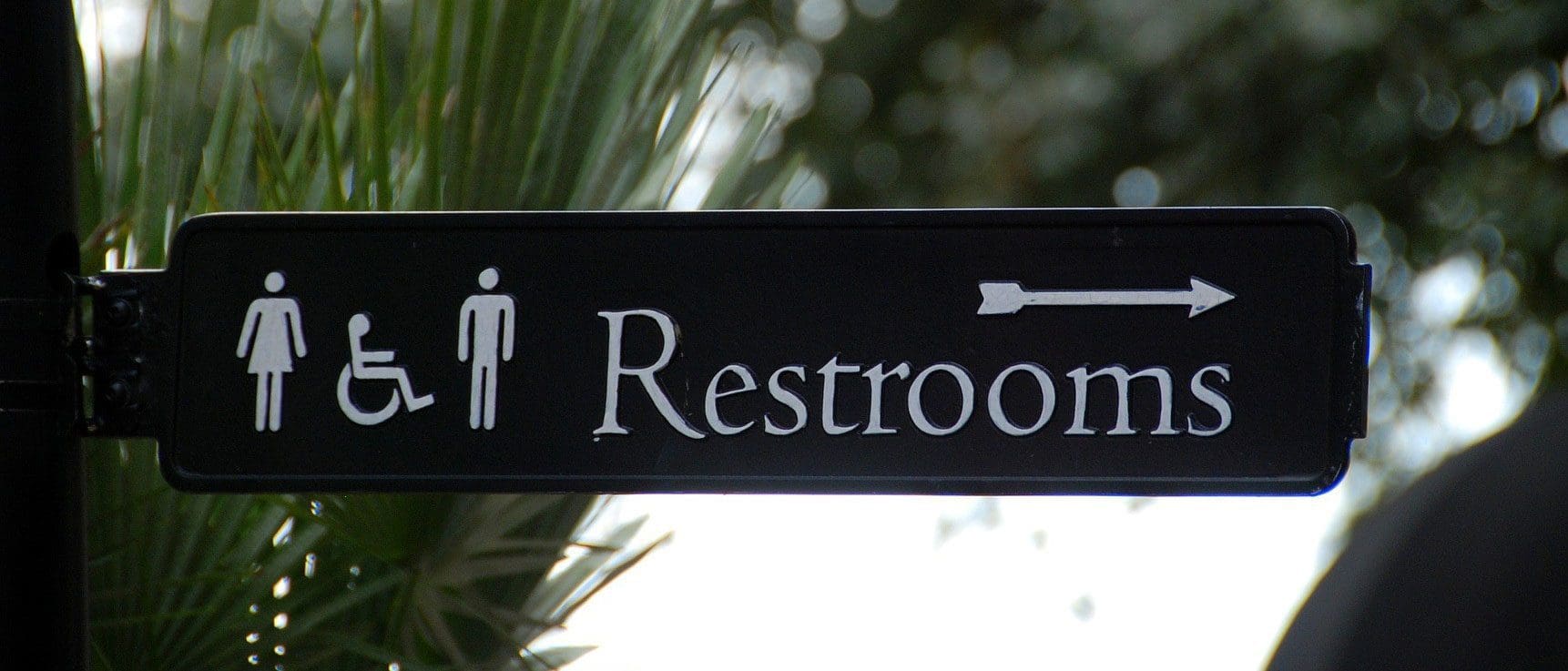ADA signs are installed in buildings to improve accessibility for all customers. ADA is an abbreviation for the Americans with Disabilities Act. A few examples of ADA signs are directional signs for entrances and exits, washroom signs, elevator signs, or a wheelchair ramp sign. By law, all buildings are required to have ADA signs installed properly in their building and must pass a government inspection.
Here Are Guidelines for ADA Compliant Signs
1. Mandatory ADA signs vs. non-mandatory
Not all signs need to follow the ADA rules. Advertising, promotional, or address signs don’t apply. However, it is always important to create signs that are as accessible as possible. Try to create signs that are as clear as possible, so anyone with visual impairments or disabilities can read them. As well, keep in mind that one of the reasons the ADA exists is to improve the accessibility of buildings. You want to make it as easy as possible for customers to get around your building and find what they are looking for quickly. Adding ADA braille signs throughout your location drastically increases the accessibility for visually impaired customers to get around your space easily.
2. Height and location to mount ADA signs at
- Signs must be mounted at a minimum of 48” and a maximum height of 60”
- For single doors, mount the sign beside the door to the left of the latch
- For double doors (both open), mount the sign to the right of the right-handed door
- For double doors (only one side opens), sign to be placed on the inactive door panel
- The inward swinging door must follow three rules to be compliant
- The door needs to close automatically
- The sign needs to be mounted on the push side of the door, not near the latch
- The door doesn’t have a hold-open latch
- Outward swinging doors, the sign needs to be placed on the wall outside the door swing arc (45 degrees) and 18” away from the wall and 18” away from the door
- Overhead and projecting signs
- The lowest part of the sign must be 80” above the ground
- Projected wall-mounted signs must not protrude more than 4” into a hallway or path and signs must be a minimum of 27”
- All signs should not block any emergency equipment, door function or sprinklers
3. Visibility and Standard ADA Colors
All ADA signs need to use anti-glare paint and ADA standard colors. Some of the standard colors include reds, browns, burgundies, dark blues, dark greens, black, and some purples. The colors are not bright and there needs to be a contrast with the background and the font or image. For example, you can use a light-colored background with dark images or text or a dark-colored background with a light image or text. It’s best to work with a professional sign company that knows how to create signs with the correct color contrast to pass the ADA inspection.
Get in Touch with an ADA Compliant SignsShop in Michigan
It’s important to follow the ADA guidelines as you can receive hefty fines from the government for being non-compliant. Working with an ADA sign company in Michigan is a great way to ensure that you are installing the right signs at the correct locations and heights.
Talk to the ADA sign specialists at Michigan Signs and get started today.






